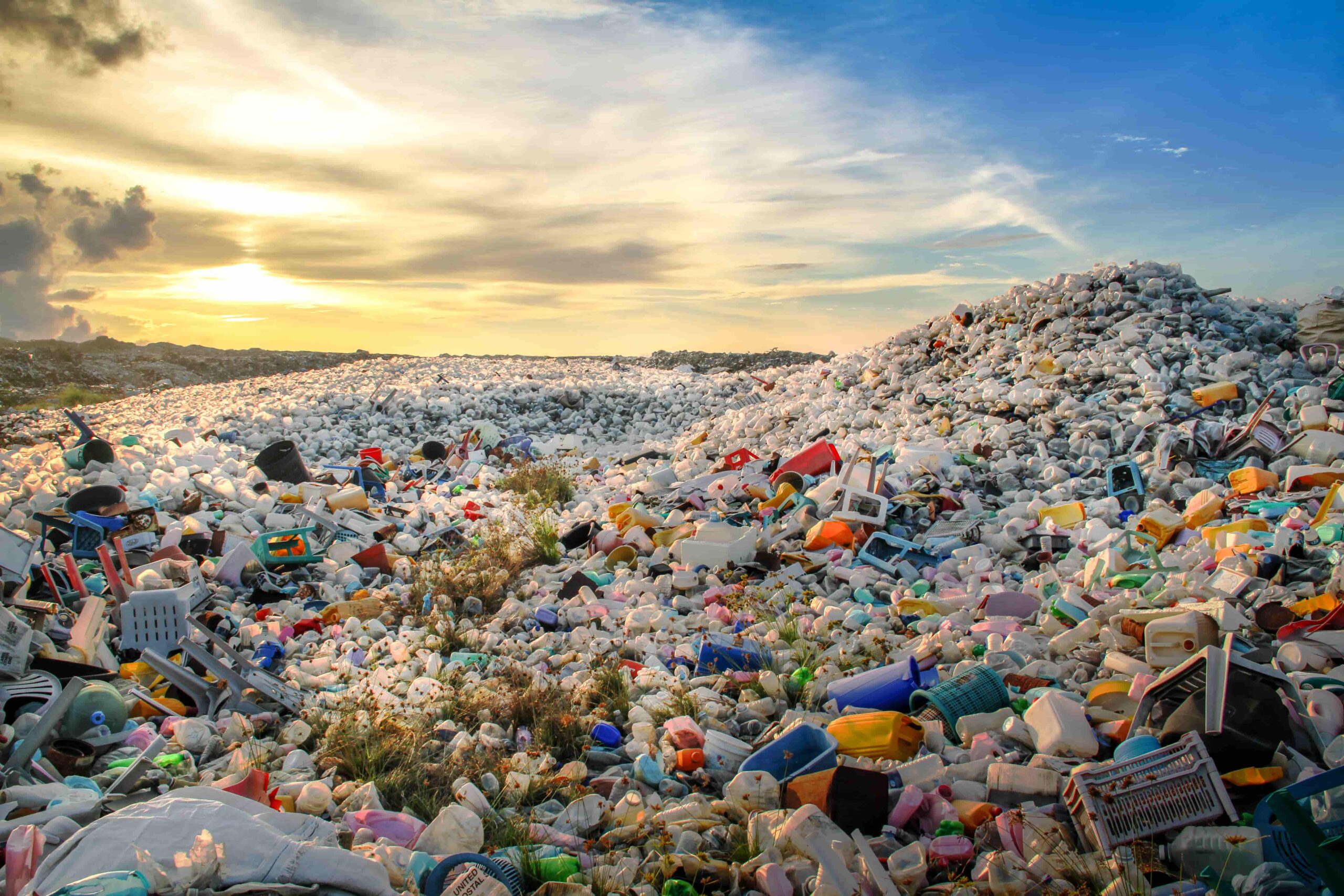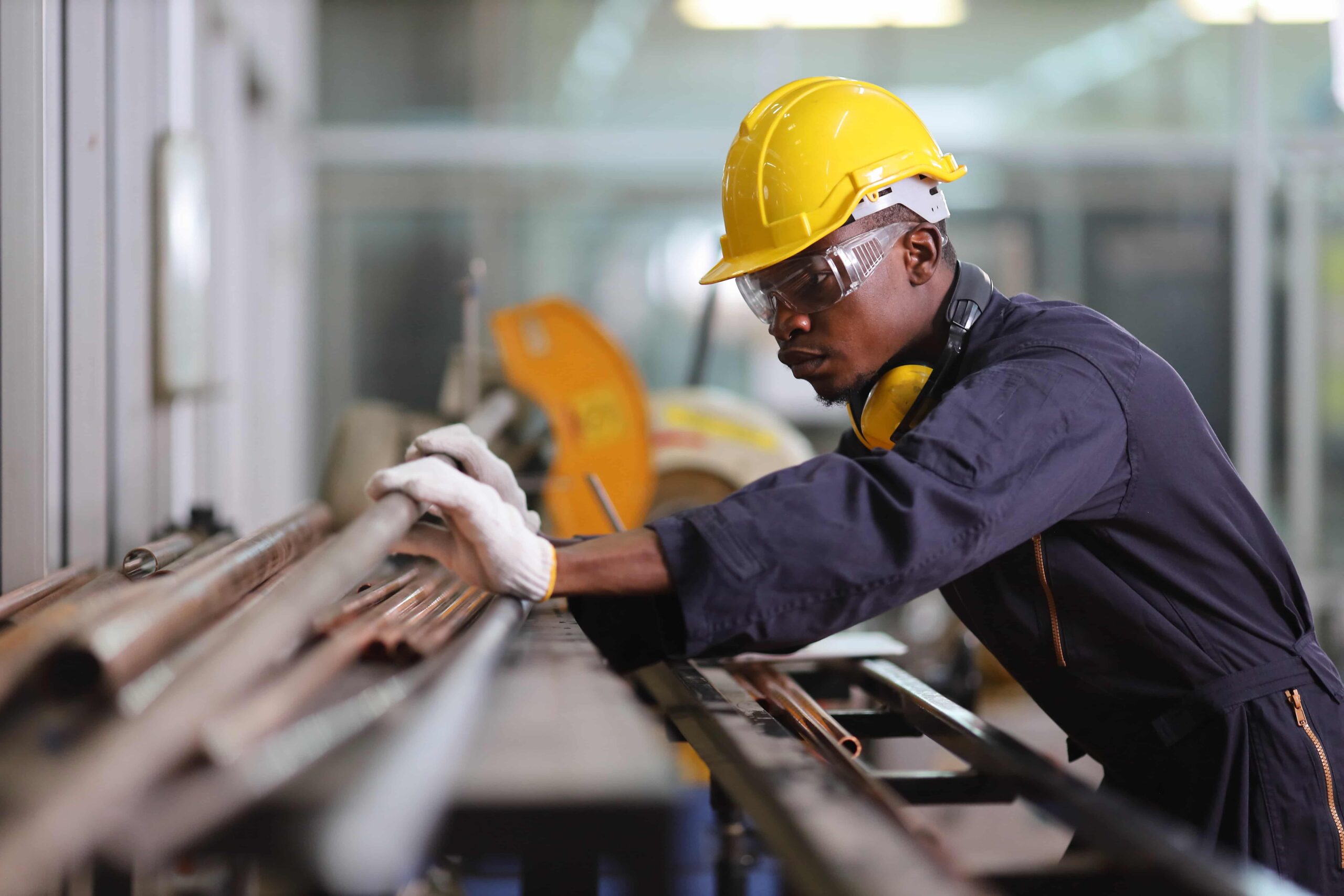The United Nations’ annual climate conferences, known to most of us as COP, provide the opportunity for world leaders to congregate and focus on how different countries can work together to tackle the Earth’s environmental issues.
Their decisions and actions then guide us on the ground and inform our best practices.
Where last year’s COP27 seemed to be largely defined by the implementation of the Loss and Damage Fund and the financial commitments made by several, it’s more than likely we’ll look back on COP28 as the year of fossil fuel debates.
This is largely due to a historic agreement being made that, for the first time, will push nations to transition away from fossil fuels.
This seems pretty ironic, when a record number of fossil fuel delegates attended the conference this year — almost 2,500 people connected to the coal, oil and gas industries registered for COP28, which is more than four times the number of delegates with fossil fuel backgrounds present at COP27.
But what does the transition away from fossil fuels mean for the construction industry? And what other outcomes from COP28 will affect businesses working in construction?
The carbon credit conundrum
One popular way that companies preach sustainability is through the promotion of their carbon offsets or carbon credits. Businesses can purchase these, with the finance supposedly going towards projects that reduce CO2 in the atmosphere, such as tree planting.
However, Friends of the Earth representatives at COP28 discussed how more than 90% of rainforest carbon offsets by the biggest certifier are worthless and do not represent genuine reductions.
In addition to the credits seemingly being misleading, carbon credits allow companies to label themselves as ‘carbon neutral’ without taking any steps to actually reduce their own emissions – a prime example of greenwashing.
Greenwashing is something that we already see all too often in the construction industry, with the issue of recyclability vs. recycled being a big topic.
Although many plastics manufacturers claim their products are recyclable, the reality is that globally, across all industries, only 9% of plastic waste is actually recycled.
We hope that the research about carbon offsets will open the eyes of those in the construction industry relying on carbon credits, forcing them to stop putting a plaster on a broken leg and take meaningful action to reduce their own carbon emissions.

Learn more about greenwashing in the plastic industry below.
The fate of fossil fuels
The debates on fossil fuels and their future have been heard around the world throughout COP28.
Dr Sulatan al-Jaber, the President of COP28, initially claimed that there is “no science” behind the demand to phase out fossil fuels.
However, the United Nations, amongst many other official organisations, have provided evidence that burning fossil fuels creates a blanket of pollution around the planet, raising global temperatures.
What’s more, as well as causing catastrophic damage to the planet, air pollution from fossil fuel use claims the lives of five million people every year worldwide.
What cannot be ignored is the link between fossil fuels and the plastics pandemic — over 99% of plastic is produced from chemicals sourced from fossil fuels.
The correlation between plastics and fossil fuels is just another way that plastics continue to plague our planet, causing unnecessary damage to our environment when more sustainable options, such as copper, exist.
For us in the construction industry, we must take this as a learning to reduce our use of plastic and synthetic materials.
Installing copper as a plastic alternative in pipework not only reduces environmental impacts with its infinite recyclability, but it also comes with a host of other benefits, such as versatility, malleability, conductivity, fire resistance and a natural resistance against bacteria, viruses and fungi.

Learn more about the benefits of copper over plastic below.
The concrete commitment of the construction industry
Speakers at the COP28 conference shared the shocking statistic that the buildings and construction sector accounts for 21% of global greenhouse gas emissions.
Dedicated to reducing this amount, over two dozen countries have formed The Buildings Breakthrough, a partnership which is committed to the vision that resilient buildings with near zero emissions will be the ‘new normal’ by 2030 — leaving just six years and a matter of days to change the industry.
The UK is joining countries such as the US, France, Germany, and China to form the partnership. Together, the 27 countries represent slightly over half of global greenhouse gas emissions and just more than a third of the world’s population, joining the battle against unsustainable building practices.
One element of the partnership is the International Code Council’s Building Capacity for Sustainable and Resilient Building Program, which calls on governments to commit to mandatory building regulations and resilient codes that align with climate targets.
Unfortunately, there is only so much that one individual can do on their own, so country leaders joining together in this way to enforce updated standard practices around the world is a huge step for our population.

Learn more about the use of copper in sustainable construction below.
The upsides to urban development
No matter how many technological advances are made, or innovations discovered, human needs must always be prioritised in urban development. Creating not just smart but also sharing, caring and compassionate cities will ensure a safe and sustainable future.
The original concept of futuristic, developed cities originated in the 80s and proposed a utopia, running on technology not yet invented and energy sources waiting to be discovered.
However, these plans were hijacked by those seeking to simply turn a profit, rather than focusing on meeting human needs and developing a circular economy.
Through careful urban development, things such as air quality, traffic levels, weather patterns, urban growth and urban trees can all be monitored to ensure peak levels are maintained, while also ensuring internet and connectivity services are still provided.
To achieve the ideal community, it’s important to first consider what people’s needs are, what the most effective way to meet these needs is and to set measurable goals to track progress.
While many believe it is new or yet-to-be-discovered technology that will bring us closer to the proposed utopia, we believe we must look the other way in time and think back to the world’s first worked metal: copper.
The natural element is environmentally sustainable and meets human needs – it’s long-lasting and durable, reducing the need for repairs and replacements, which in turn conserves resources and reduces emissions. What’s more, copper is also incredibly safe thanks to its fire resistance and antimicrobial properties.
What has become obvious during COP28 is that governments and organisations are starting to make the required systemic changes. Notably, the collective decision between almost 200 nations to transition away from the use of fossil fuels is a critical step to protecting the planet.
One of the most effective ways we’ll be able to carry out this reduction is to decrease plastic demand and production, and the construction industry has a key role to play in this.
Fed up with the plastics greenwash? Want to learn more about copper’s role in shaping a sustainable future? Check out our other news items or subscribe to our newsletter!

